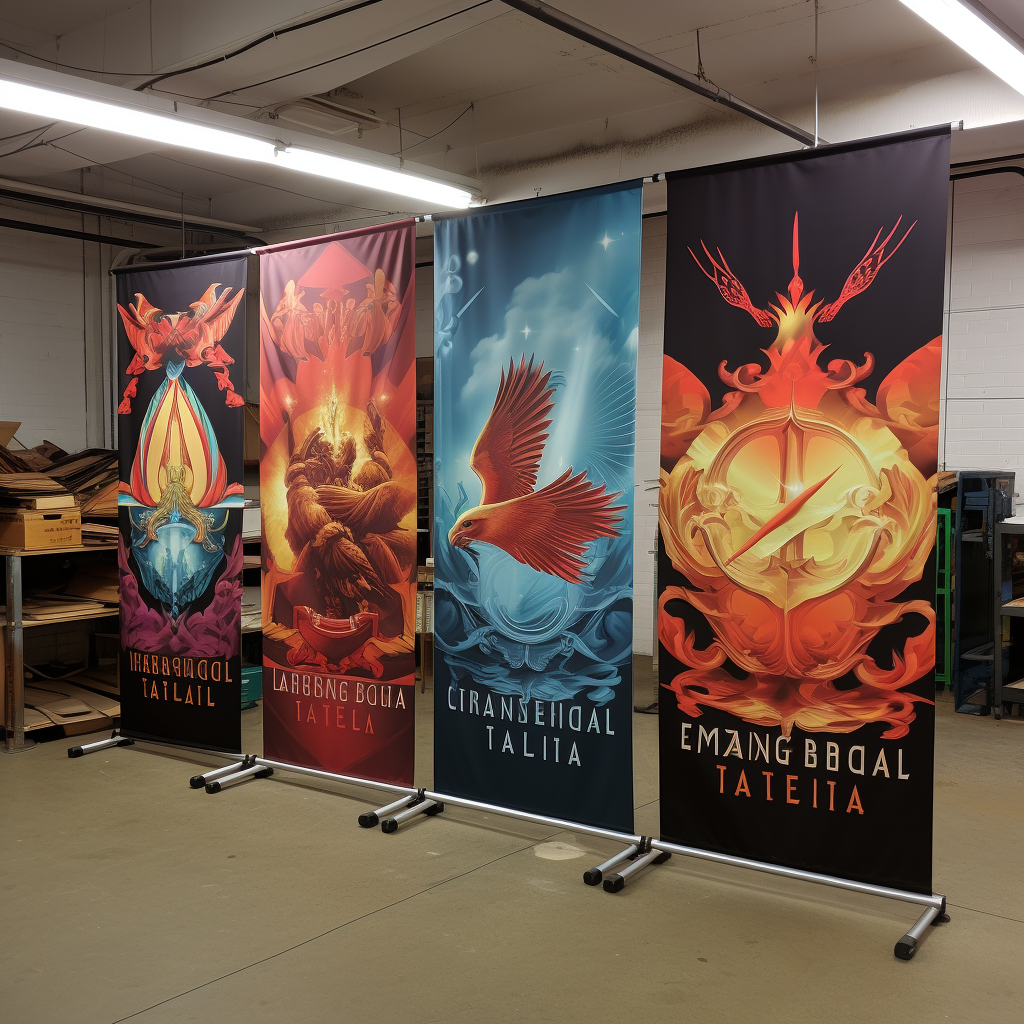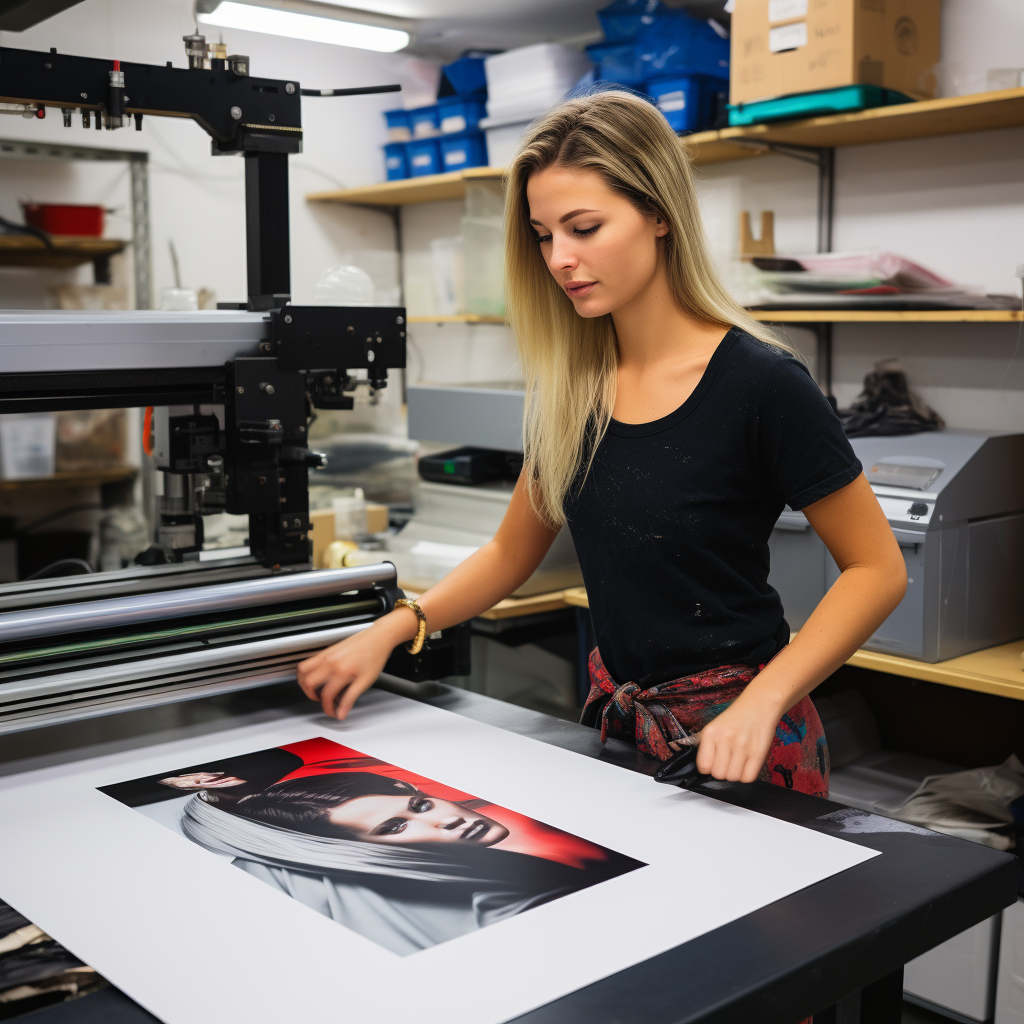
The transition from physical to virtual trade shows has been a revolutionary shift in the event marketing industry. Companies are now increasingly embracing digital platforms to showcase their products and services to a global audience. The endless possibilities of customization and interactivity offered by virtual environments have allowed businesses to create immersive brand experiences that transcend geographical boundaries.
One of the stellar virtual trade show booth examples includes an interactive 3D environment where visitors can navigate through different zones of the booth, engage with multimedia content, and even chat live with brand representatives. This digital innovation not only provides a comprehensive brand experience but also generates valuable data on visitor engagement and preferences.
As we delve into the world of virtual trade shows, it is crucial to have an expert team capable of crafting these innovative spaces. Zodiac Event Displays, with its rich experience in event marketing materials, is poised to guide businesses through this digital transformation.
If you are looking to amplify your event marketing and create a virtual booth that stands out, send a message to info@zodiacdisplays.com, and let our team of professionals help you make an indelible mark in the virtual event landscape.
Designing Immersive Virtual Booth Experiences

At the heart of a successful virtual trade show is the design of an immersive virtual booth that captivates and engages attendees. The key to achieving this lies in leveraging advanced technology to simulate the sensory experiences of a physical booth in a digital format. Design elements such as high-resolution imagery, dynamic lighting, and 3D product models contribute to a realistic and interactive environment that can make a virtual booth come alive.
One of the most effective techniques is to incorporate interactive hotspots that, when clicked, reveal more information about a product or service, much like a knowledgeable salesperson would in a face-to-face interaction. This level of interaction not only increases engagement but also allows for seamless navigation through the virtual space, creating a memorable experience for the visitor.
Furthermore, integrating multimedia elements such as videos, downloadable content, and virtual reality experiences can augment the virtual booth’s appeal. These elements ensure that the visitor not only learns about the brand but also enjoys an enriched experience that is both informative and entertaining.
For businesses looking to push the envelope in virtual event marketing, the design of their virtual booths must go beyond aesthetics; it should forge a connection with visitors, just as it would in the real world.
Interactive Features that Engage Virtual Visitors

In the realm of virtual trade shows, the inclusion of interactive features is a game-changer for engaging visitors. These features are designed to simulate the hands-on experience of a physical event and keep participants involved and interested. Among these, live chat functions stand out as a crucial tool, enabling real-time conversations between booth representatives and attendees, much like the interactions that occur on a traditional trade show floor.
Quizzes and polls can also be powerful interactive elements that not only engage users but also provide valuable feedback and data to the exhibitors. By involving attendees in these activities, exhibitors can gain insights into visitor preferences and tailor their approach accordingly.
Virtual business card exchanges and appointment scheduling systems further replicate the networking opportunities of in-person events. These functionalities facilitate the creation of new business relationships and the nurturing of existing ones, making the virtual booth not just a display, but also a hub of professional connectivity.
Lastly, gamification elements such as scavenger hunts or leaderboard challenges add a layer of excitement and competition to the virtual booth. These playful components encourage prolonged engagement, as visitors are motivated to complete tasks or earn rewards, thus deepening their interaction with the brand.
By incorporating these interactive features, exhibitors can create a dynamic and participatory environment that keeps virtual visitors engaged and invested in their virtual trade show booth experience.
Showcasing Brand Identity in a Digital Space

Successfully translating a brand’s identity into the digital realm is a critical aspect of designing an impactful virtual trade show booth. The key is to ensure that the brand’s core values, aesthetics, and messaging are consistently presented across all virtual elements. This requires careful selection of colors, graphics, and multimedia content that align with the company’s established identity.
Meticulous attention to detail in the design of the booth’s layout and features ensures that the brand’s personality shines through. Whether it’s through the use of engaging video content that tells a brand’s story, or virtual product demonstrations that showcase innovation, each element should contribute to a cohesive brand narrative.
Interactive brand experiences, such as virtual tours or product configurators, not only draw visitors in but also provide them with a deeper understanding of the brand’s offerings and philosophy. This immersion into the brand’s world helps foster a memorable connection between the visitor and the company, even in a digital space.
Furthermore, integrating social media feeds directly into the virtual booth can extend the reach of the brand’s identity. This allows real-time sharing of the visitor’s experience with their own networks, amplifying the brand’s presence beyond the confines of the virtual trade show.
By thoughtfully showcasing their identity in a digital space, brands can create a virtual trade show booth that resonates with visitors and leaves a lasting impression, reinforcing their market position and driving engagement.
Technology Integration in Virtual Trade Show Booths

As we delve further into the realm of digital exhibitions, the role of technology in virtual trade show booths becomes increasingly pivotal. The integration of cutting-edge technology not only enhances the visual appeal of a booth but also provides functional advantages that can lead to higher engagement and better lead generation.
For instance, the use of virtual reality (VR) and augmented reality (AR) technologies can transform a static booth into an interactive experience. Through VR, attendees can immerse themselves in a 360-degree environment, getting a feel for products and services as if they were physically present. AR, on the other hand, allows visitors to place products in their own space, offering a hands-on experience from anywhere in the world.
AI-powered chatbots have also become a staple in virtual booths, providing instant assistance and information to visitors. These bots can address common queries, guide users through the booth, and even schedule meetings, ensuring that potential leads are engaged and nurtured throughout the event.
Data analytics tools are another significant aspect of technology integration. They allow exhibitors to track visitor behavior within the booth, such as which products are attracting the most attention or what content is being downloaded. This data is invaluable for refining marketing strategies and tailoring follow-up communications post-event.
Ultimately, the strategic use of technology in virtual trade show booths has the power to create a dynamic and personalized experience for each visitor, making it an indispensable tool for companies looking to make a strong impression in a digital exhibit space.
Analyzing Success Stories of Virtual Booths
When we look at the success stories of virtual trade show booth examples, a common thread is the innovative and strategic use of the digital platform to connect with audiences. Companies that have thrived in this environment often do so by combining creative design, interactive features, and a robust understanding of their target audience.
One such success story might involve a company that created a virtual booth with immersive product demonstrations. By leveraging high-quality video content and interactive 3D models, they were able to simulate the tactile sensation of their product, leading to increased engagement and an impressive conversion rate.
Another example could be of a business that used webinars and live Q&A sessions to establish thought leadership in their industry. These sessions not only drew large numbers of attendees but also facilitated real-time interaction and built a sense of community around the brand.
Successful booths also often include gamification elements to make the experience more engaging. For example, a point system for visiting different parts of the booth or for participation in activities can result in higher levels of attendee involvement and longer time spent exploring the booth.
These anecdotes highlight the potential of virtual booths to not just replicate but enhance the trade show experience. By examining these success stories, businesses can gain insights into what works and apply these lessons to their own virtual trade show strategies.
If you’re inspired by these examples and want to craft your own success story, Zodiac Event Displays can help you create a virtual booth that stands out. Send a message to info@zodiacdisplays.com to amplify your event marketing and make a lasting impact in the digital exhibition space.









